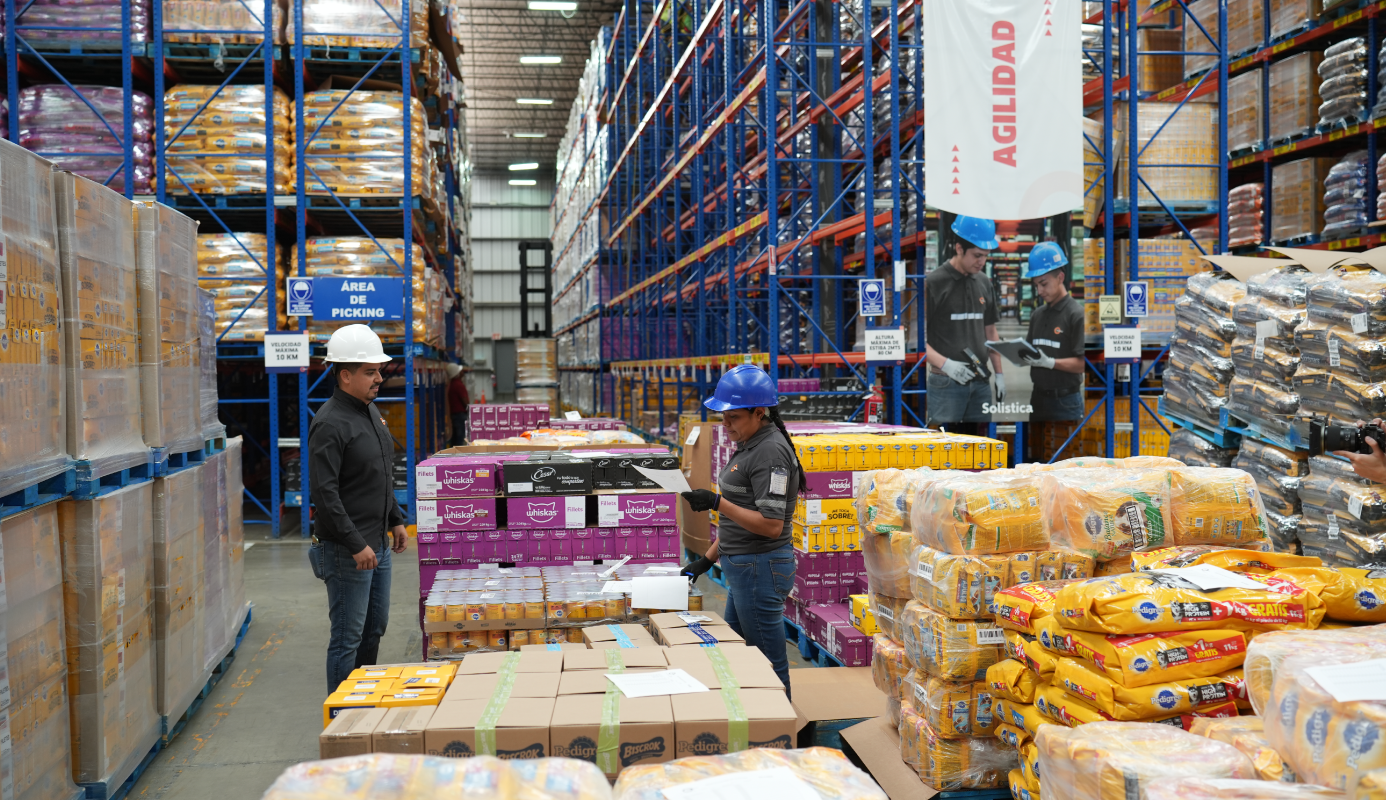It is a fact: we have entered a new era. It is not enough anymore to have systems connecting with each other and with the world at large. To keep up with this decade, companies must use technological solutions that provide information, improve the processes, and give better results.
The rise in low volume shipments, consolidated loads, scarcity of drivers, the volatility of fuel prices, and the uncertainty of oil supplies have forced companies to pay more attention to their logistics costs since the smallest increase in diesel price can impact the whole supply chain, from suppliers to manufacturers and distributors.
Logistics 5.0
Just like all the other sectors, logistics has arrived at a smart era where robots, the cloud, and other technologies are obtaining, comparing, and analyzing data to make processes more efficient, understand clients, and make better decisions.
Thanks to logistics 5.0, and to the smart warehouses and transportation, we know where and how products are manufactured and where they come from and are headed.
Whether companies implement logistics 5.0 or not will greatly depend on how much they foster innovation. Usually, the companies that detect areas of opportunity and understand the benefits of their processes are the ones that implement tools like the Internet of Things (IoT) and robots.
Because the cost of technology is much lower than before, small and medium-sized companies can also make the best use of technologies like the cloud, which save them from having to invest in the construction of data centers and hardware.
Technology applied to transportation
Tools like the IoT use the sensors recently added to brand new vehicles to know their location in the globe. This information is sent in real time to the cloud, where it is processed, analyzed, and turned into information that improves customer service.
If implemented correctly, these technologies may help solve inefficiencies and improve the margins throughout the supply chain, especially regarding:
- Fuel: thanks to satellite tracking, companies obtain valuable information on routes that maximize fuel usage.
- Toll Fees: by monitoring the payment of toll fees along the routes, companies can improve them and save costs.
- Maintenance and Repairs: the sensors in vehicles can notify break downs, warnings, and maintenance reminders, resulting in less critical issues.
Robotic process automation
When companies focus on manual tasks such as equipment inspection, confirmation of requirements, invoice posting, and payment processing, they are not generating true value for clients because they cannot respond quickly and efficiently.
Thus, the biggest companies are increasingly automating their processes with Robotic Process Automation (RPA) where robots carry out repetitive manual tasks with certain advantages: they can work 24/7, they carry out their tasks as they were programmed, and they process data and documents faster than any human being.
Robotic Process Automation can help companies carry out these processes:
- Invoicing and accounting of payables and receivables
- Requests for bids
- Shipping documentation
Contrary to what most people believe, robots are not used to replace employees, they boost people’s efforts and free them to focus on innovative tasks that improve the experience of clients.
RFID labels for inventory management
The manual monitoring of inventory, even when using bar codes, is quite difficult to carry out and may result in waste and in problems with merchandise sorting. RFID labels help solve these issues thanks to their long reading range, antennas, and the circuit integrated in containers that broadcast data on radio frequencies.
This is particularly valuable in entry and exit ports and for knowing the location of products and results in a better distributed inventory and just in time deliveries.
The technologies described in this article can yield great savings and increase efficiency and accuracy. The key is having a good software development team and an experienced logistics company like Solistica that can implement these technologies on a grand scale.
.






